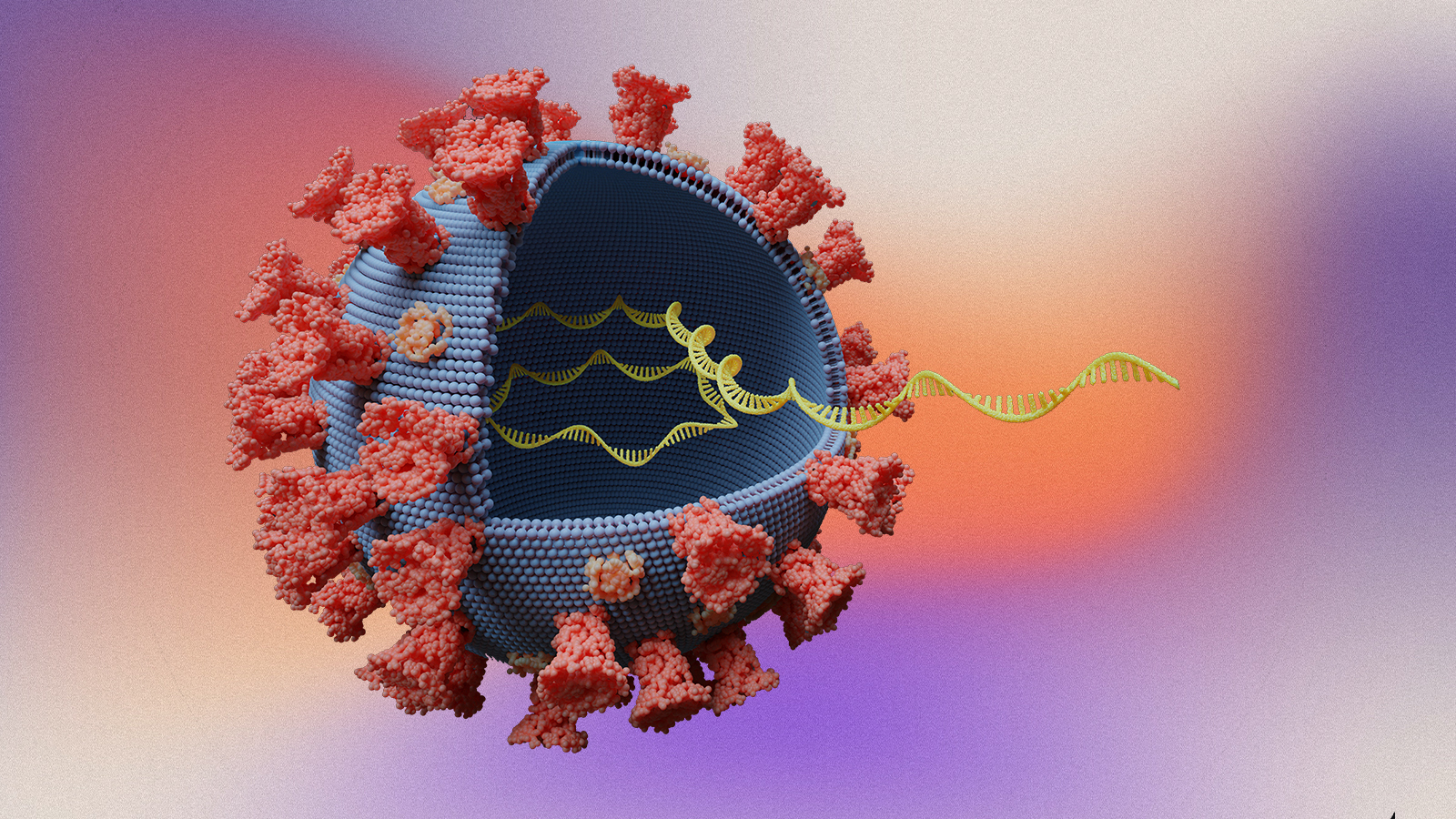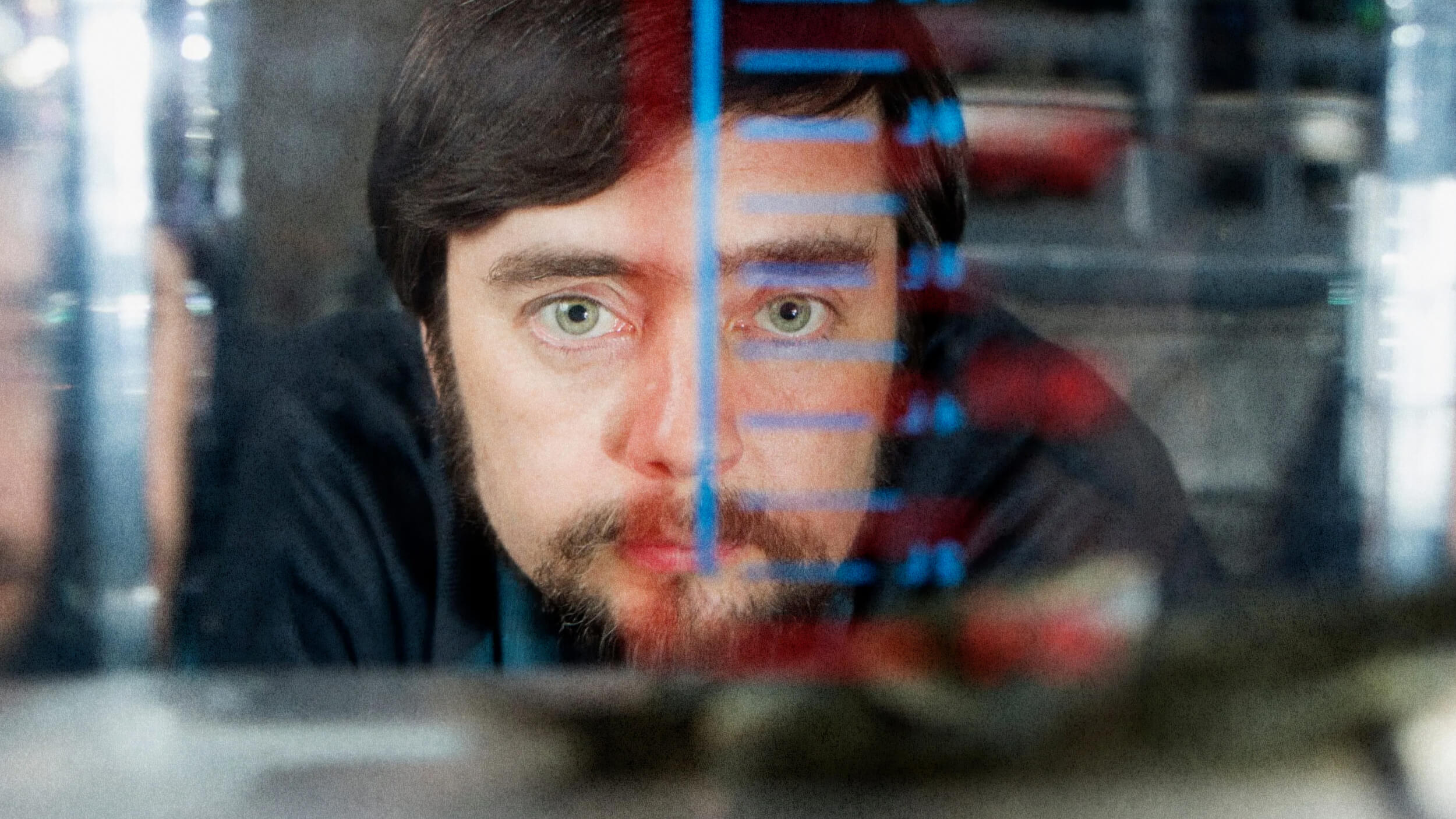New type of dual-acting antibiotic shows promise

Credit: fizkes / Adobe Stock
- Antibiotic resistance is a big problem, but not many new drugs are currently under development.
- A recent discovery may give us a new antibiotic that is effective against a wide range of germs, including those resistant to other drugs.
- The new drug’s mechanism also appears to signal the immune system, helping to amplify its response.
Antibiotic resistance is a major problem, but one that seems to bother academics and specialists more than it worries members of the general public. Years of intemperate and often outright irresponsible antibiotic usage has given many formally treatable diseases more chances to evolve immunity to first-line drugs. In some cases, terrible diseases are increasingly resistant to a wide variety of medications.
These bacteria have evolved various techniques for surviving exposure to antibiotics, including growing stronger cell walls to keep drugs out, producing enzymes that neutralize them, and even little pumps that remove them when they do get in.
This is concerning, as not only are these diseases challenging to treat, but research into new antibiotics is limited. There aren’t that many new drugs in development. However, a new study published in Nature suggests that a new line of synthetic drugs might be able to rev up the immune system and attack bacteria in a powerful new way.
The trick with finding any antibiotic is to identify a substance that can damage bacterial cells without also harming the cells of the animal they are making sick. This is a relatively simple concept, but a difficult problem to get around.
Researchers at the Wistar Institute dealt with it by selecting something unique to bacteria, which was important in their functioning to focus on, and then finding chemicals that would disrupt it. They chose a metabolic pathway, known as the non-mevalonate pathway, which is used to create molecules necessary for the bacteria cell to survive. They then selected an enzyme in this pathway, the IspH enzyme, to target specifically.
Using computer models, the researchers screened several million existing compounds and substances to determine which ones would bind to IspH and then began experiments with the most promising candidates. A new, synthetic IspH inhibitor was created as a result of this.
The molecules that IspH helps to make are required in bacteria for respiration and repairing the cell wall. When this new antibiotic attaches to them and keeps them from doing their job, the cell either dies because it can’t breathe or keep its insides in, or it stays alive but is unable to function normally. Both of these methods are commonly seen in other antibiotics. By either killing off the germs or slowing them down, they give the immune system time to step up and keep the infection under control.
The antibiotic was also found to amplify the response of the immune system. In tests involving mice, Gamma Delta T-cells, an important part of the immune system, activated at higher rates, often leading to better outcomes. This effect appears to be caused by the disruption to the bacteria; their impaired function caused them to signal themselves to the immune system.
This gives the new drug a dual function, which is hypothesized to not only make it quite effective but also may help prevent bacteria from developing resistance to it. It is thought that bacteria being hit from both directions are less likely to mutate responses to both.
IspH is a common enzyme in bacteria. Unlike some antibiotics, which are effective only against a narrow range of similar germs, this one may prove effective against a wide variety of microbes includes ones that are resistant to other drugs.
The researchers are, justly, proud of their discovery. Farokh Dotiwala, the study’s lead author, suggested the finding may be more than just the discovery of a new drug in a press release:
“We believe this innovative DAIA strategy may represent a potential landmark in the world’s fight against AMR, creating a synergy between the direct killing ability of antibiotics and the natural power of the immune system.”
Not quite. This was an initial study conducted in mice, various kinds of plasma, and in test tubes.
While the results were promising, it will take some time before further studies are conducted and the drug becomes widely available. Additionally, while the study suggests the new drugs may be more effective against certain kinds of bacteria than existing antibiotics, exactly how well it works in humans remains to be seen.
Beyond that, if it is used as a front line drug or as a last resort is still to be determined. Future circumstances, dictated by what diseases we’ll face, will likely answer that question.





